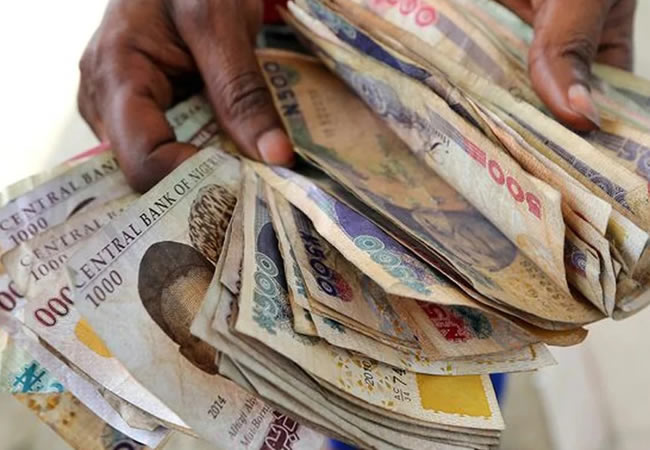Despite growing year-end import demand, the Nigerian naira lost ground against the US dollar in the foreign exchange market due to the Central Bank’s almost nonexistent market intervention.
The Nigeria Autonomous Foreign Exchange Market (NAFEM) Window saw an 8.26% depreciation of the Naira versus the US dollar, with the currency ending at N881.88 per greenback, according to data from the FMDQ platform.
There is a severe lack of foreign cash in the economy despite attempts. Despite this, there is still a growing need for foreign currency payments. The top bank has disassociated itself from the formal market. The local currency is currently walking a tightrope due to nearly minimal market intervention.
The Central Bank of Nigeria (CBN) has allowed supply and demand to decide the currency rate for manufacturers, importers, and other market participants in the official window for the past five weeks in a row.
Experts speculate that the monetary policy authority’s decision to reduce the backlog of foreign exchange was a factor in the decision to stop intervening in the forex market.
During a conference, the head of the apex bank stated that the market’s FX liquidity has improved. The trajectory in currency rates, however, indicated that this is, at most, a political statement.
“…market responded positively to tranche payments which have been made to 31 banks to clear the backlog of FX forward obligations”, Yemi Cardoso, Governor of Central Bank told a conference.
Naira crossed many red lines in the latter part of the year due to an imbalance between demand and supply, forcing the market to price down the local currency. Naira Steadies as Banks Issue Update on FX Purchase
Now, the Central Bank is planning new foreign exchange guidelines and legislation. CBN Governor said this new law will be developed, and extensive consultations will be conducted with banks and FX market operators before implementing any new requirements.














